The freemium business model is considered a pricing strategy. A basic product or service (typically a digital offering such as software, media, games, or web services) is provided free of charge. At the same time, more advanced features must be paid for by the customer. This type of revenue generation has become popular over the past decade or so; thanks to companies like Pokémon Go. But how exactly do businesses turn their free products into paying customers?
Let’s look at these 8 examples of “Freemium” models, where companies offer an initial product for free with premium features available for a monthly or yearly fee. There are several pros and cons of a freemium business model but as you will see, the upside can be tremendous. And if this model doesn’t work for you check out our article on types of business models with examples.
1. Dropbox
Dropbox is a file hosting service providing cloud storage and file synchronization services. The company was founded in 2007 by Drew Houston and Arash Ferdowsi, both graduates of the Massachusetts Institute of Technology (MIT). Its name was chosen as a portmanteau of “box” and “drop,” as well as a reference to the fact that users can store files on other people’s computers (similarly to how you might drop off a box with someone else).
Dropbox uses a freemium business model to generate revenue. The free plan allows users to use Dropbox Basic features, while paying plans include additional storage space and more advanced features. Advanced features include live support or more storage.
How Dropbox Used the Freemium Model to Succeed
Dropbox is seen as the king of the freemium model. The company was able to attract 100 million users within the first 4 years of launching. Even though people, including Steve Jobs, saw Dropbox as a feature more than a separate company, other cloud-based services were not able to attract the user base the way Dropbox did.
One of the cons of the freemium business model is that to be successful, a company needs a large user base. Dropbox focused on user growth using the freemium model and now has over 700 million users. It is estimated that only 1.6 to 4.0% of its users provided any revenue to the company. However, because of the size of their user base, they are able to generate $2.1 billion in revenue.
2. LinkedIn
LinkedIn is a social network for professionals; connecting individuals and employers to help them find jobs, build careers and grow their businesses. LinkedIn provides its users a free basic membership service that allows them to create profiles and connect with other community members through in-site messaging and other communication channels. Additionally, LinkedIn offers several paid services related to its core platform: premium subscriptions for advanced job search capabilities, access to premium networking groups, and more advanced tools for creating resumes and sourcing candidates via recruiters who use the site.
LinkedIn has three main revenue sources: premium subscriptions, recruiting services, and advertising. The paid memberships cost between $30 and $120 per month and provide access to job listings that aren’t available on the free site. Career services include a “See Who’s Viewed Your Profile” feature that lets users know who keeps tabs on them.
How LinkedIn Used the Freemium Model
LinkedIn was able to take an already popular social media business model and do something other platforms still have not been able to do. Linkedin successfully added a premium version of their service. Over there, there have been rumors that some platforms like Facebook would add a premium service but no current platform is serious about taking that leap.
The reason why LinkedIn was able to successfully make this transition is that it took an already popular idea and targeted individuals who would benefit financially from paying for connecting to others.
Social media sites like Facebook, Instagram, and TikTok largely focus on lifestyle, entertainment, and personal connections. While these things are important, the individuals using those platforms do not use the apps primarily to make money or for professional advancement.
LinkedIn filled the gap and was able to scale with revenues surpassing $10 billion.
3. Zapier
Zapier is a tool for connecting apps so that you can automate tasks across your apps. For example, you have an app that sends out emails and another one that handles customer information. In that case, you could use Zapier to ensure that when a customer buys something on your website and gives their email address to the second app, the first app will be notified of this transaction to send out an email thanking them for their purchase. This saves time and effort because two programs now communicate seamlessly instead of writing each email manually or copying and pasting all the customer information into another program every time someone purchases through your website.
There are five types of accounts on Zapier: free, starter, professional, team, and company. The free plan gives you access to all the main features, such as single-step zaps, transfers, limited update times, and a limited number of zaps you can send. If you want more than that (unlimited zaps and an unlimited number of integrations at once), you’ll need to pay between $20 and $600 a month.
4. Spotify
Spotify is a streaming service that allows users to listen to music for free, but with advertisements. It has more than 60 million premium subscribers and 75 million total users worldwide. Users can upgrade to a paid subscription, which removes ads from the service and enables them to listen offline.
Paid subscriptions cost $9.99 a month, with student and family plans for $4.99 and $14.99. There is also the option of Premium Duo which is a discount plan for two people who live together. These users keep their own accounts, passwords, and playlist but only pay a low price of $12.99 a month.
How Spotify Used the Freemium Model to Succeed
Spotify makes 91% of its revenue from subscriptions and the other 9% from advertisements. This is an impressive ratio for a music streaming service. One of the ways Spotify was able to achieve this was by offering personalized memberships for students and families.
By creating different plans for individuals in different demographics, the service was able to target its customers by who they were and how they intended on using the service.
5. Slack
Slack is a messaging app similar to Microsoft Teams that allows users to communicate with each other. Users can also create their channels within Slack and share files. The free version of Slack has some limitations, such as an inability to have more than 10GB of storage or search your entire archive for past messages.
The pro version costs $6.67 per user per month. It offers unlimited search capabilities, private groups, the ability to integrate third-party apps like Google Drive or Dropbox into your workflow, 1TB of storage, and many other useful features not offered in the free version.
How Slack Used the Freemium Model
Slack has been able to succeed by offering a freemium as well as having a direct sales strategy. By targeting enterprise clients, Slack has seen its growth increase to over $900 million in revenue. It is also reported that 30% of customers who use Slack’s free version become paying customers.
6. Amazon Web Services
Amazon Web Services (AWS) is a cloud computing platform offering cloud storage, cloud computing, and cloud networking services. The service is designed to help organizations work together to get new business ideas off the ground and build out their infrastructure more quickly. It’s also a very successful freemium business model, with AWS users able to begin utilizing its services at no cost.
Like other freemium models, the AWS freemium model gives you access to their services without paying anything upfront; however, there are limits on what you can do with the free version of their service. To use more advanced features or be able to store more data on their servers (which is one of their most popular paid services), you need to upgrade your account by purchasing one of their paid plans.
How Amazon Web Services Used the Freemium Model
In 2000, AmazonWeb Services attempted to allow other stores the ability to build their e-commerce platforms on top of Amazon. The site was called Merchant.com. However, the experiment didn’t work well with Amazon’s existing infrastructure.
AWS was born out of that attempt. They figured out how to build an infrastructure that could power small and medium-sized businesses. Many people do not realize how important AWS is to Amazon’s bottom line.
AWS makes up 59% of the company’s $22.9 billion profit before interest and taxes (in 2020), despite accounting for just 12% of Amazon’s revenue.
7. Pokémon Go
One of the most popular examples of a freemium business model is Pokémon Go. The game quickly became a cultural phenomenon and is free to download. Once you download the app, you can play it as much as you want, but there are also in-app purchases that allow for more features within the game. These include items such as Pokéballs or an incubator for hatching eggs.
Pokémon Go’s success demonstrates just how powerful this business model can be. Millions of people worldwide downloaded it; some estimates put those numbers at nearly 700 million downloads.
How Pokémon Go Used the Freemium Model
While Pokémon does make most of its money from in-app purchases, it does have another, unique revenue source. The app uses local sponsorship to help generate additional income.
Local sponsorships are similar, but not the same, as advertising. Niantic, the developer of the game says, “Niantic’s cost per visit (CPV) model visit has partners spending less than $.50 / daily unique visit to sponsored locations.”
Essentially, local retailers, restaurants, and other stores would sponsor a location where users can catch and train their Pokémon. This CPV model has reportedly earned Niantic between $75 million to $250 million during the height of the Pokémon craze.
By sponsoring a location, these businesses can attract more people to their locations which will hopefully lead to more in-store sales. Companies like Sprint, McDonald’s, and AT&T have had sponsored locations. Starbucks got to turn all of its stores into sponsored Pokéstops.
Duolingo: Mastering Languages with a Freemium Twist
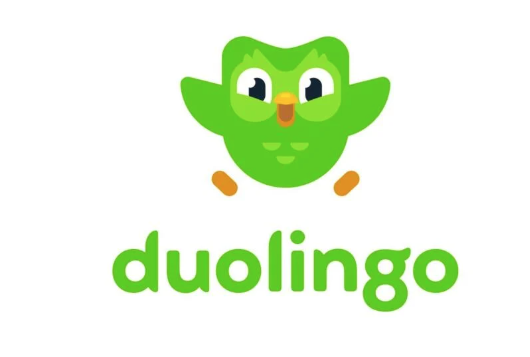
Duolingo has revolutionized the way people learn languages online. With its engaging, game-like learning environment, Duolingo offers lessons in multiple languages, from Spanish and French to less commonly studied languages like Swahili. The core of Duolingo’s business model lies in its accessibility; users can start learning for free, experiencing the basics of language learning without any financial commitment.
The genius of Duolingo’s freemium model is in how it balances free access with the option to upgrade. The free version is ad-supported and offers a comprehensive learning experience, but for those who want an ad-free experience with additional features, such as offline lessons and advanced learning tools, Duolingo Plus is available for a subscription fee.
How Duolingo Succeeds with Freemium
Duolingo’s success is not just in user numbers. On the contrary, it is also in how it uses its platform to gather data and improve its lessons. This makes language learning more effective and engaging. With over 500 million registered users and a market cap of $9.84 Billion, Duolingo’s approach to freemium not only keeps users coming back but also converts a significant number into paying subscribers, demonstrating the potent combination of educational value and strategic monetization.
Evernote: Organizing Your Life, Free and Premium
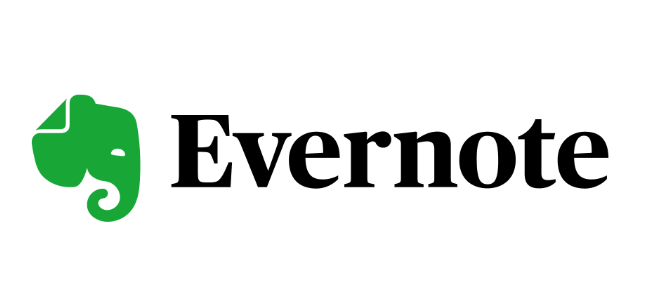
Evernote has become an essential tool for note-taking, organizing, and archiving. The app allows users to create notes, which can be text, drawings, photographs, or saved web content. What makes Evernote stand out is its freemium model, offering basic services for free while enticing users to upgrade for more expansive features.
At its free tier, Evernote users can sync their notes across two devices, search for text inside images, and share notes with others. However, the Premium and Business plans offer more, including unlimited device syncing, access to advanced search features, more storage space, and enhanced collaboration tools.
How Evernote Flourishes with Freemium
Evernote’s freemium model has helped it grow to more than 225 million users worldwide. The key to its success lies in offering enough value in the free version to become indispensable to its users. Those users then often find the limitations a motivator to upgrade. This strategy has not only helped in user retention but also in maintaining a steady stream of revenue from its premium offerings.
Trello: Streamlining Projects with a Freemium Approach
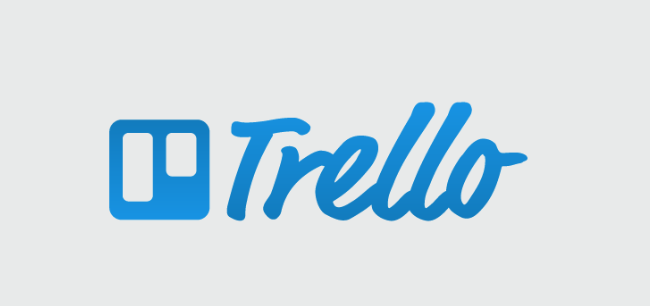
Trello is a web-based, Kanban-style, list-making application which is a favorite among project managers and teams for its simplicity and flexibility. It allows users to organize projects into boards and lists, making it easy to visualize tasks and progress. The freemium model of Trello offers a basic service that meets the needs of many users, with the option to access more advanced features and integrations in its Business Class and Enterprise versions.
The free version of Trello is robust, offering unlimited boards, lists, cards, members, checklists, and attachments. However, for teams needing more power, Trello’s paid tiers provide additional features like larger file attachments, more advanced automation with Butler, and priority support.
How Trello Capitalizes on Freemium
Trello’s success with the freemium model is evident in its wide adoption, with over 50 million users. By providing a highly functional free version, Trello has embedded itself into the workflow of many businesses and individuals. The seamless upgrade process and the clear value provided by the premium tiers encourage users to convert, driving Trello’s growth and profitability.
While the freemium business model almost always works best with internet based businesses, as you can see with Pokémon Go, the business model can be incorporated with offline businesses as well.


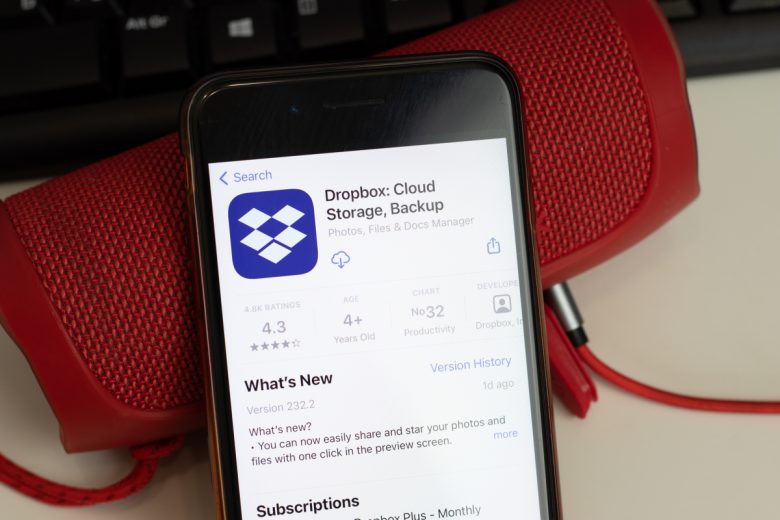
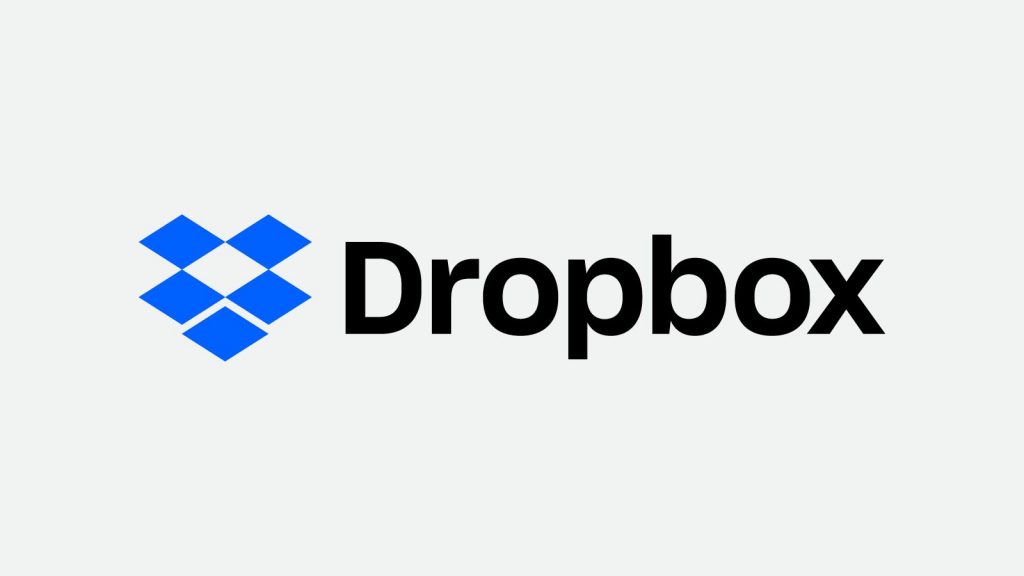


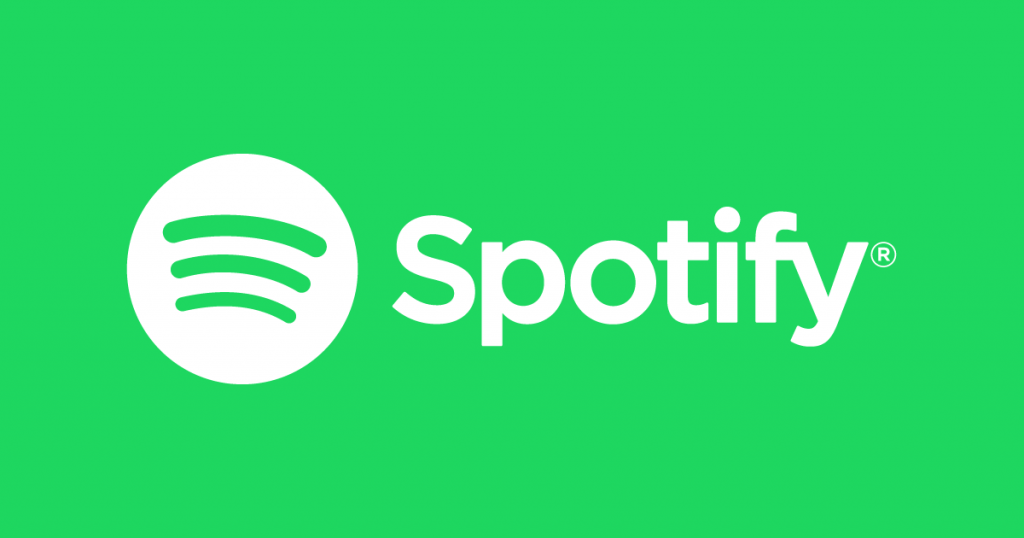
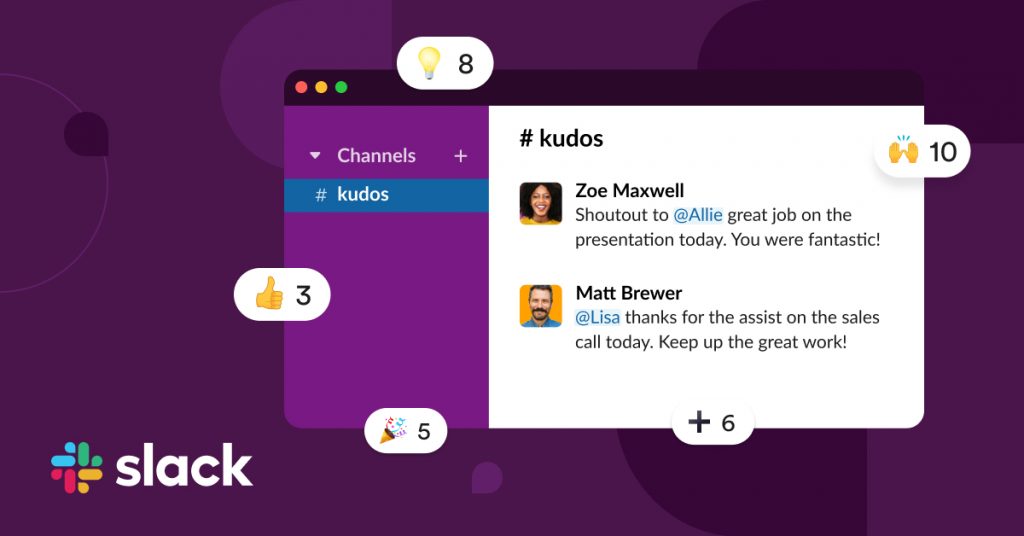
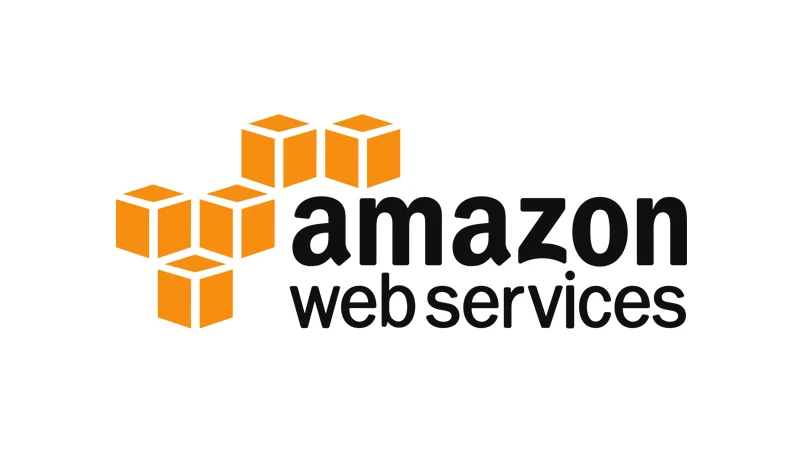
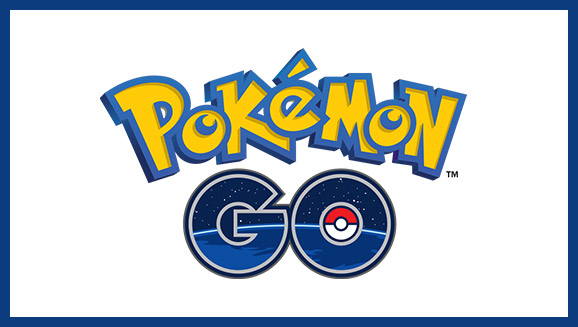









Pingback: Ask Yourself These 4 Question About Your Business Model If You Want it to Succeed - StartUp Mindset